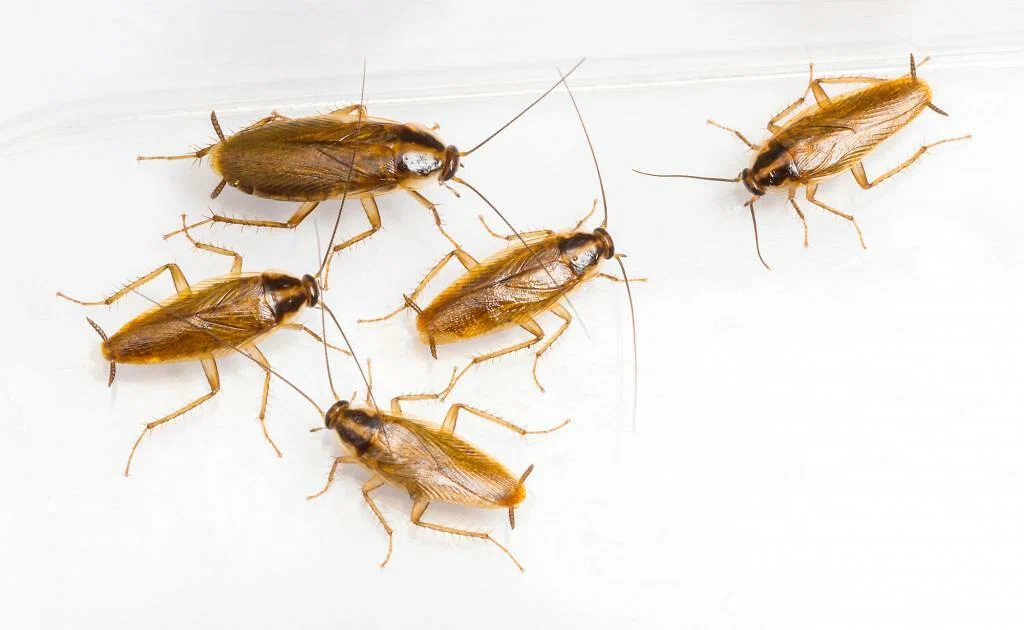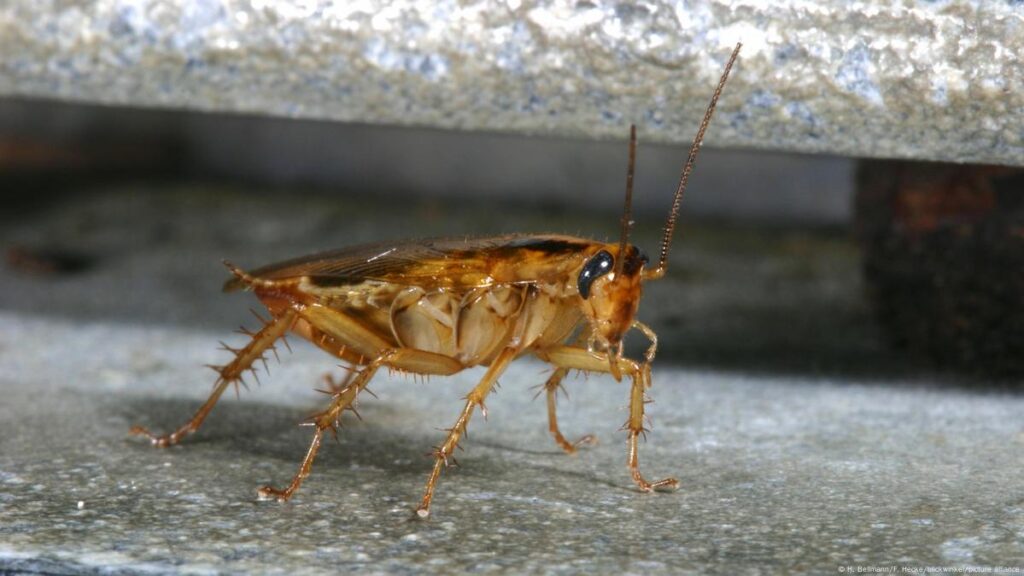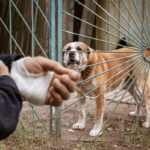The German cockroach (Blattella germanica) is one of the most common and troublesome household pests worldwide. These small, light brown insects are notorious for their resilience and rapid reproduction, making them a frequent nuisance in homes, restaurants, and other establishments. Understanding their behavior, habits, and control methods is key to effectively managing infestations.
Identification and Characteristics
German cockroaches are small, measuring about 0.5 to 0.6 inches in length. They are easily recognized by their light brown or tan color and two distinct dark stripes running down their back, just behind their head. Unlike some other cockroach species, they have wings but rarely fly, preferring to scuttle rapidly across surfaces.
Habitat and Behavior
German cockroaches thrive in warm, humid environments and are commonly found in kitchens and bathrooms where food, water, and shelter are abundant. They are nocturnal creatures, often hiding during the day in cracks, crevices, and other dark, secluded areas. At night, they emerge to forage for food and water, contaminating surfaces and leaving behind unpleasant odors.
Their rapid reproduction rate is one of their most troubling characteristics. A single female can produce up to 400 offspring in her lifetime, allowing populations to grow exponentially if left unchecked.
Health Risks
Beyond being a mere nuisance, German cockroaches pose significant health risks. They are known carriers of pathogens that can cause diseases such as salmonella, E. coli infections, and gastroenteritis. Their droppings, shed skins, and secretions can trigger allergies and asthma, particularly in children and sensitive individuals.
Control and Prevention
Dealing with a German cockroach infestation requires a multi-faceted approach. Here are some effective strategies:
- Maintain Cleanliness:
- Keep kitchens and food preparation areas spotless.
- Store food in airtight containers and promptly clean up spills or crumbs.
- Regularly dispose of garbage in sealed bins.
- Eliminate Water Sources:
- Fix leaking faucets and pipes.
- Avoid leaving standing water in sinks or other containers overnight.
- Seal Entry Points:
- Use caulk to seal cracks and gaps around windows, doors, and baseboards.
- Install door sweeps to block access.
- Use Baits and Traps:
- Gel baits and sticky traps are effective for reducing populations.
- Place them in areas where cockroaches are most active.
- Insecticides and Professional Help:
- If the infestation is severe, consider using insecticides specifically designed for cockroach control.
- Hiring professional pest control services can ensure comprehensive treatment.

Long-term Prevention
Preventing a recurrence of German cockroach infestations requires vigilance and consistent effort. Regularly inspect your home for signs of cockroach activity, maintain high cleanliness standards, and address potential entry points promptly.
Conclusion
The German cockroach is a tenacious and adaptable pest, but with the right knowledge and proactive measures, infestations can be managed and prevented. By understanding their habits and adopting effective control methods, you can protect your home from these unwelcome invaders and maintain a safe, healthy living environment.


